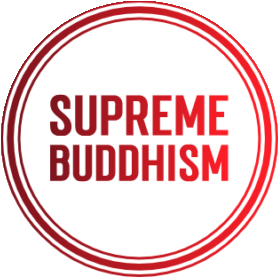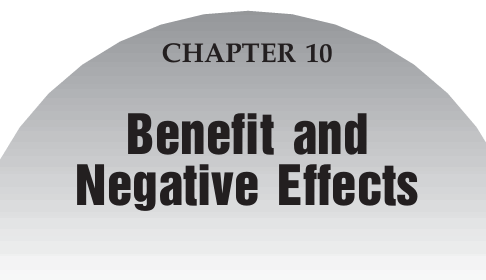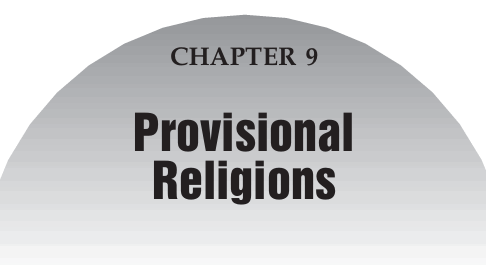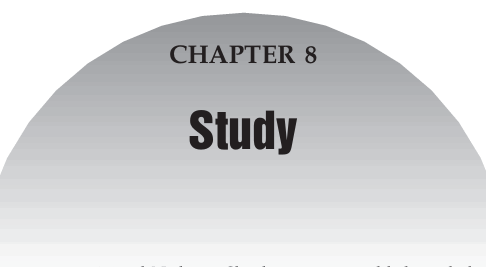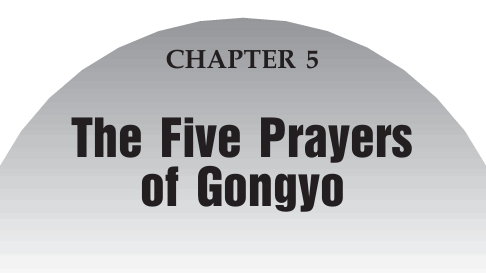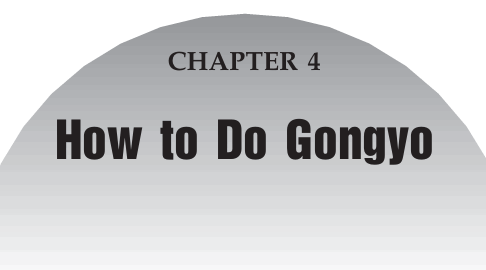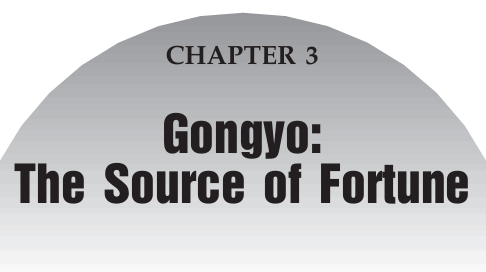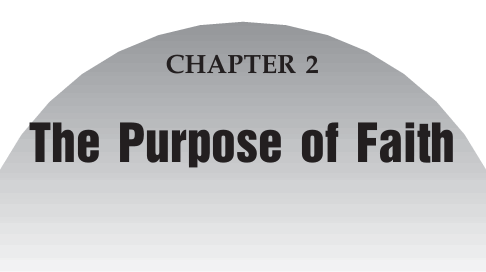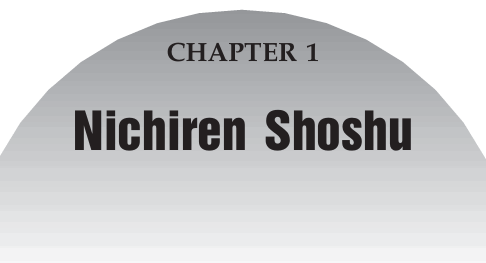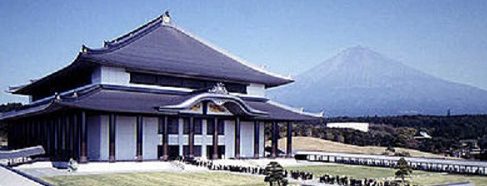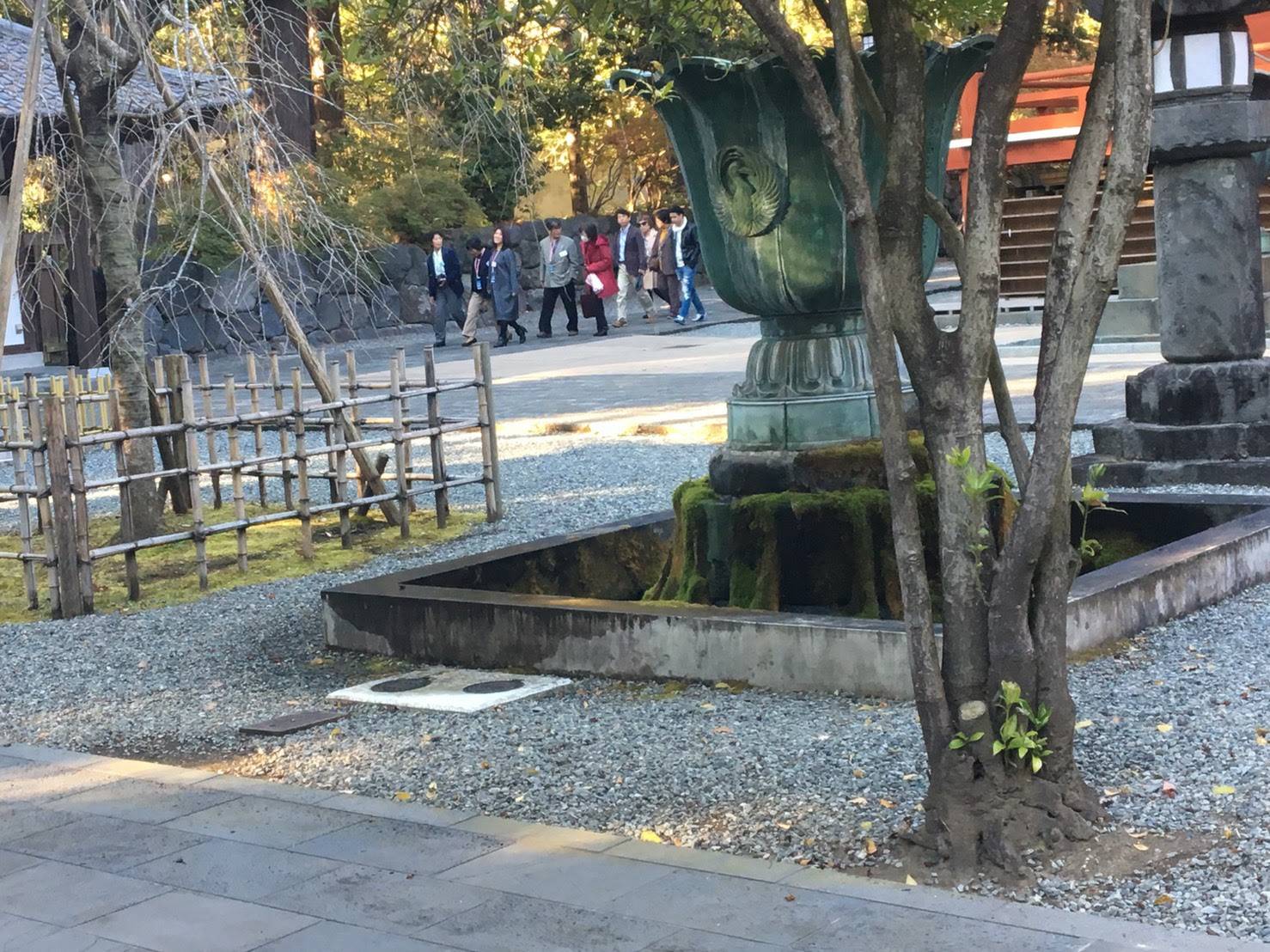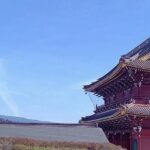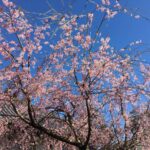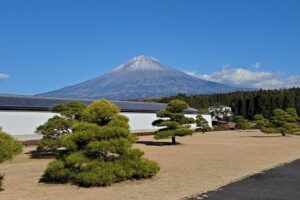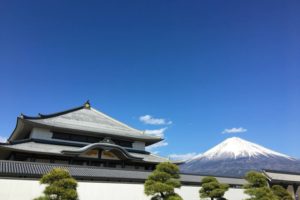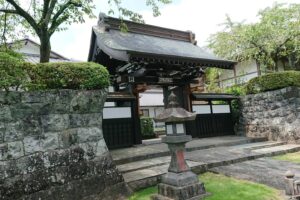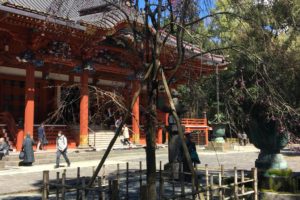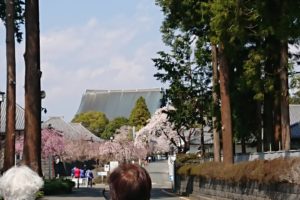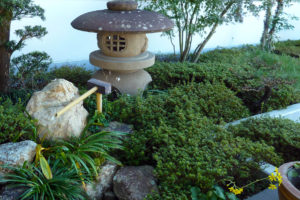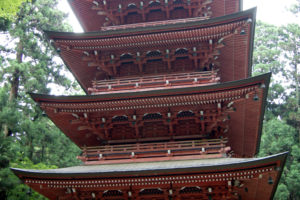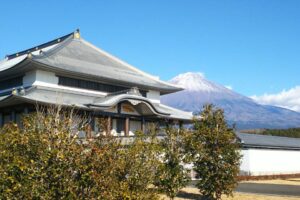Contents
1) The Origin and Background of the Daishonin’s Writing of this Gosho
“The Essentials of the Lotus Sutra” (Hokke shuyo-sho) was written by Nichiren Daishonin, when he was 53 years old, on the 24th day of the 5th month of 1274 (the 11th year of Bun’ei).
He had returned from his exile in Sado and had arrived at Mt. Minobu.
At the time, Japan was under the threat of imminent attack from the Mongols, and the people were experiencing tremendous tension and anxiety.
To make matters worse, great natural disasters occurred one after another, causing profound confusion and desolation in the hearts of the people.
When Nichiren Daishonin returned from Sado, he admonished the feudal government of Japan.
The men in power chose not to listen, however, and the Daishonin entered Minobu on the 12th day of the 5th month of 1274. Shortly thereafter, he wrote this Gosho, “The Essentials of the Lotus Sutra.”
2) The Title: “The Essentials of the Lotus Sutra” (Hokke shuyo-sho)
Nichikan Shonin, the Twenty-sixth High Priest of the Head Temple, wrote a work titled, “Commentary on ‘The Essentials of the Lotus Sutra”” (Shuyo sho mondan). In his discussion of the title of this Gosho, he stated that “Lotus Sutra” (Hokke) signifies the process of discarding the pre-Lotus Sutra teachings, from among all the sutras taught by Shakyamuni during his lifetime, and upholding only the Lotus Sutra. He further indicated that the term
“Essentials” (shuyo) means that, of the three aspects of comprehensive, abbreviated, and essential practices of the Lotus Sutra (ko-ryaku-yo), the former two – the comprehensive and abbreviated practices – should be minimized, to solely promote the essential practice.
In his Gosho, “The Daimoku of the Lotus Sutra” (Hokke Daimoku-sho), the Daishonin wrote the following about the three aspects of comprehensive, abbreviated, and essential practices of the Lotus Sutra:
To embrace, read, recite, take delight in, and protect all the eight volumes and twenty-eight chapters of the Lotus Sutra is called the comprehensive practice. To receive and protect the Hoben and Juryo chapters is called the abbreviated practice. And simply to chant one four-phrase verse or the Daimoku and to protect those who do so is called the essential practice. Hence, among these three kinds of practice, the comprehensive, abbreviated, and the essential, the Daimoku is defined as the essential practice. (Gosho, p. 355; MW-3, p. 9)
The “comprehensive practice,” represents the broad expanse of the entirety of the Lotus Sutra. The “abbreviated practice” is the performance of the two foremost segments of the Lotus Sutra, chapter and the Juryo (The Lifespan of the Hoben (Expedient Means; second) the Tathagata; sixteenth) chapter. The “essential practice” is the most significant core practice. It is none other than Nam-Myoho-Renge-Kyo of the Three Great Secret Laws, hidden in the depths of the Juryo chapter.
3) The Significance of “The Essentials of the Lotus Sutra” (Hokke shuyo-sho)
“The Essentials of the Lotus Sutra” is divided into three major sections. In the first section, the Daishonin begins by writing the following:
Some five and seven thousand volumes of scriptures traveled from India, the western region, to China and Japan. The people, through their own perspectives, were unable to distinguish the superior doctrines from the inferior ones, the shallow from the profound, the difficult from the easy, and the sutras that were initially written from those that were written at a later date. Thus, they encountered the doctrines by following individuals and Buddhist sects, and this led to multiple interpretations of the teachings. (Gosho, p. 731)
Each of the Buddhist sects asserted that it alone upheld the superior teaching. The people, in their search for faith, encountered Buddhism – a true treasure trove. But, even though they encountered this tremendous treasure, they were unable to distinguish the superior doctrines from the inferior ones, and many individuals chose to uphold inferior, erroneous religions that were entirely without merit. The Daishonin deploringly writes:
It is comparable to coming upon a mountain of treasure and climbing it, only to collect a pile of rubbish. It is like walking into a grove of fragrant sandalwood trees and yearning t smell the malodorous poisonous eranda plant. This is regrettable, indeed. (Gosho, p. 731)
In this section, the Daishonin reveals the superiority and inferiority of the entirety of the sutras, written throughout the lifetime of Shakyamuni. He discusses them through the perspectives of both the Person and the Law, the leaders of the upheld. various sects, and the doctrines that were
In the second section, the Daishonin indicates that the Lotus Sutra, especially the Nyorai juryo hon (The Life Span of expounded by Shakyamuni for those who the Tathagata; sixteenth) chapter, was would appear after his passing in the Latter Day of the Law. The essential significance of expounding the Lotus Sutra is contained revealed that, in fact, the Lotus Sutra in the Latter Day of the Law. He further was expounded for the sake of Nichiren Daishonin. The Daishonin writes:
Question: Who was the targeted audience for the expounding of the Juryo (“The Life Span of the Tathagata”) chapter, characterized by opening the near and revealing the distant? Answer: The one chapter and two halves, the Juryo chapter, in its entirety from beginning to end, is truly for the sake of the people who live after the passing of Shakyamuni. Of all the people who live after the passing of Shakyamuni, today, in the Latter Day of the Law, it is specifically for the sake of Nichiren. (Gosho, p. 735)
The Daishonin explained that, on the face, the Juryo chapter appears as though it addressed the people who lived during
Shakyamuni’s lifetime. He indicated, however, that, in fact, it targeted those who would come after Shakyamuni’s passing. Of the people who lived after Shakyamuni’ s death, those in the Former and Middle Days of the Law were peripheral. The Juryo chapter essentially focused on the people of the Latter Day of the Law and specifically on Nichiren Daishonin.
The last section is the most essential segment of the Gosho. The Daishonin states:
Question: What is the Mystic Law left by Nagarjuna, Vasubandhu, T’ ien-t’ai, and Dengyo in the more than two-thousand years following the passing of the Buddha? Answer: It is none other than the Object of Worship, the High Sanctuary, and the five characters of the Daimoku of True Buddhism. (Gosho, p. 736)
This is a fundamental passage in which Nichiren Daishonin, for the first time, designates the Three Great Secret Laws. This is set forth as the most essential core of the most significant section of the Lotus Sutra. The Daishonin explains that the Three Great Secret Laws – the Object of Worship, the High Sanctuary, and the Daimoku of True Buddhism essential True Law that will be propagated throughout the Latter Day of the Law.
In addition, he wrote:
In this way, the nation will be characterized by chaos, and thereafter, the sage Jogyo will come forth to establish the Three Laws of the Essential Teaching (Honmon). Without fail, under the four heavens and over the four seas, Myoho-Renge-Kyo will be widely propagated for the achievement of kosen-rufu. (Gosho, p. 738) 1
Thus, the most significant point in “The Essentials of the Lotus Sutra” (Hokke shuyo-sho), is that the Daishonin would establish the supreme Buddhism based on the “Three Laws” – the Object of Worship of True Buddhism, the High Sanctuary of True Buddhism, and the Daimoku of True Buddhism – and that he would propagate this doctrine of Nam-Myoho-Renge-Kyo.
4) Kosen-rufu
Nittatsu Shonin, the Sixty-sixth High Priest of the Head Temple, presented the following strict explanation:
If a form of Buddhism other than that of Nichiren Daishonin achieves total propagation, this cannot characterize true kosen-rufu.
The term “kosen-rufu” appears in numerous scriptures, and it is a word that is generally known by the secular public. However, when most people are asked about the objective of kosen-rufu, they only have a vague notion, thinking it to be simply the propagation of Buddhist doctrines. True kosen-rufu specifically means the thorough propagation of Nichiren Daishonin’s Three Great Secret Laws.
Since this year has been designated the “Year of Refuting Heresy and Revealing the Truth,” let us develop our pure and sincere faith in True Buddhism and chant consistent Daimoku. Let us establish the Dai-Gohonzon of the High Sanctuary of True Buddhism as the essential core of our faith and exert our utmost efforts in chanting Daimoku and doing shakubuku, based on the directions of our High Priest, as we steadily advance towards the achievement of kosen-rufu.
